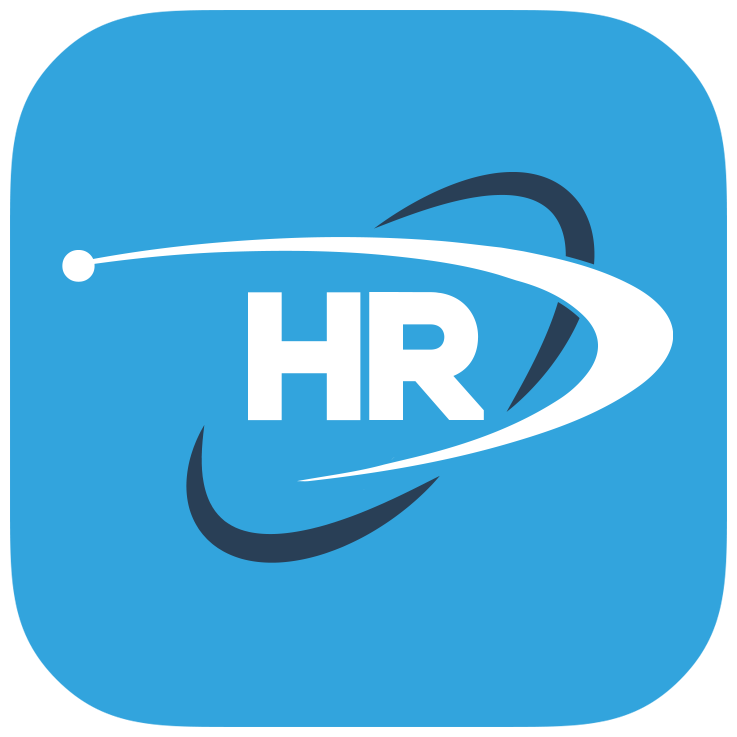Predictive Analytics in Healthcare
Using data-driven and predictive insights is reshaping the healthcare industry by identifying trends and detecting problems faster than ever before. Predictive analytics can be used to predict real-time outcomes and trends based on historical data.
But what exactly is predictive analytics?
Predictive analytics is the process of analyzing historical data to identify patterns and trends that may be predictive of future events. Its applications in healthcare can help predict health conditions, disease spread, and improve patient outcomes.
How? AI software collects a vast amount of patient data from insurance claims, paperwork, medical imaging, electronic health records, etc. and searches for patterns within that data.
Predictive analytics has many benefits including:
Preparing for upcoming health trends
Reducing costs for missed/no show appointments
Optimizing various administrative tasks
New patient acquisition
Cyberattack prevention
Now that we know what predictive analytics are and their benefits, let’s dive into some practical examples.
Patient Engagement
Predictive analytics can be used in medical facilities to help engage patients so they can actively participate in their well-being. Tools are used to create patient profiles, send messages, and craft the best health plan for the individual.
Readmission Prevention
Hospitals see an average readmission rate of 14.5%, and the costs associated with readmission are high. Predictive analytics can help predict patients with high readmission rates so doctors can adjust their discharge protocols to prevent this in the future.
Managing the Health of the Population
Predictive analytics helps three-fold with population health. It can be used to identify people at risk of developing chronic conditions, identify possible health trends, and detect disease outbreaks.
The limits to predictive analytics are endless, offering incredible benefits to hospitals and patients alike. However, like any new tool, there are concerns and risks with using it. Ethical considerations and regulations need to be thought through as this becomes more popular.


